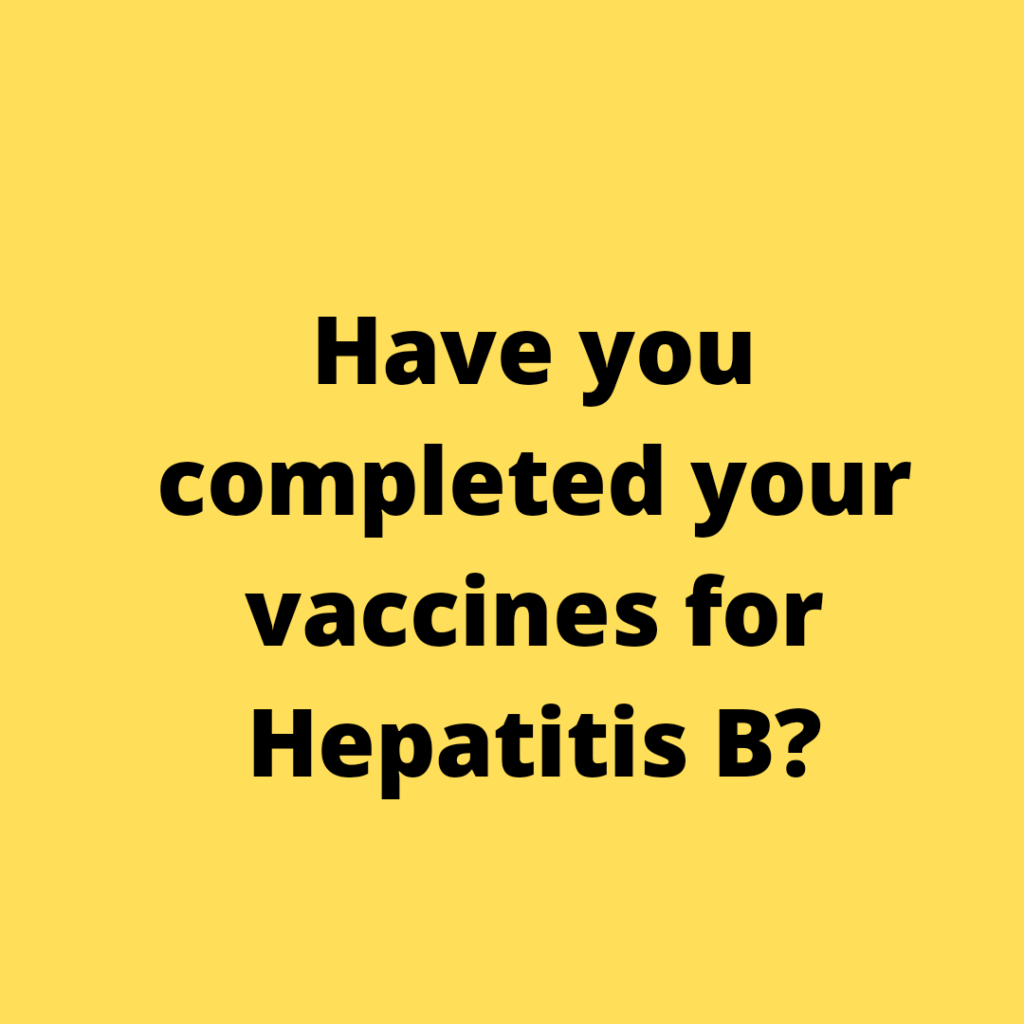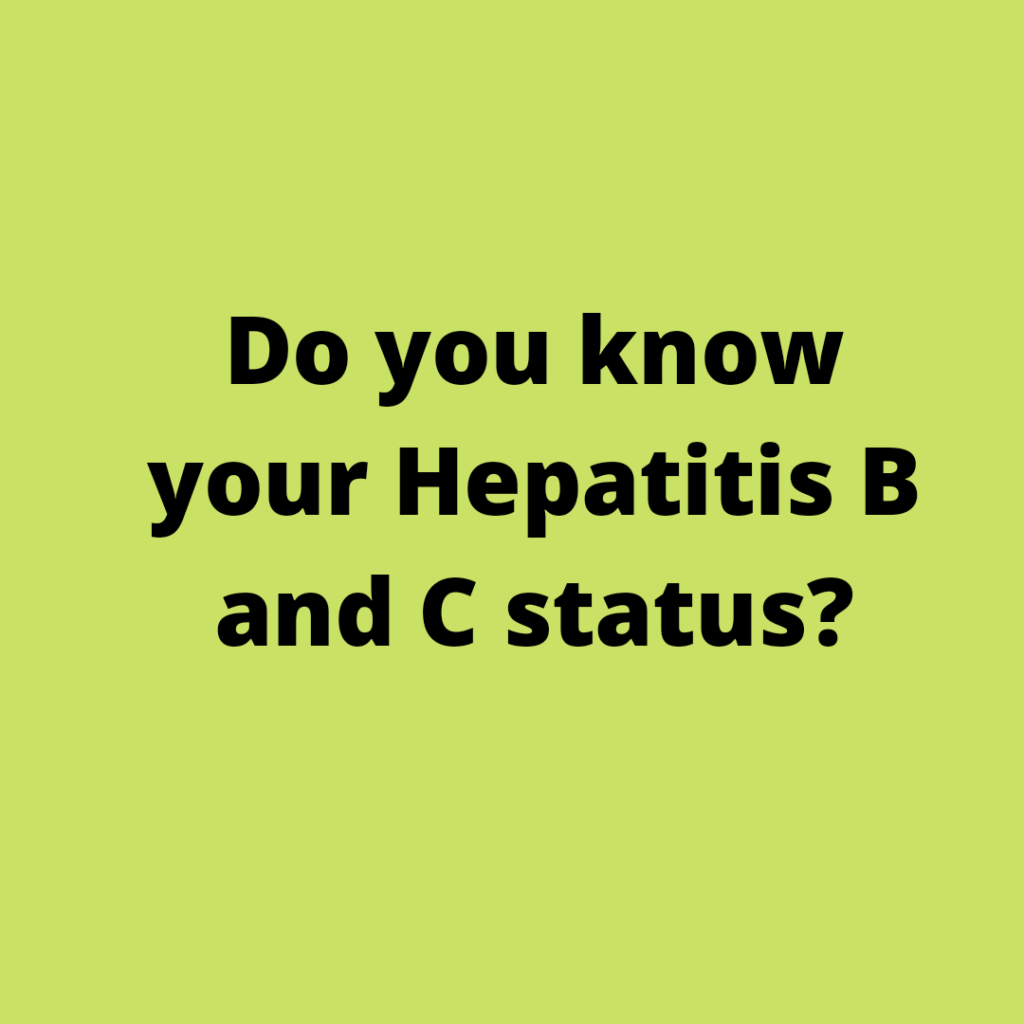May is world Hepatitis month in the US while May 19th is hepatitis testing day. Do you know your Hepatitis B and C status?
Why B and C? They’re the two major ones that causea chronic viral hepatitis, liver cirrhosis and liver cancer. They are viruses that are hepatotropic meaning that they love (bad love for you) the liver and they damage it over time.
They are acquired through contact with infected blood and blood products as well as sexual transmission. This former way can be through mother to child (vertical transmission), child to child (horizontal transmission), blood transfusion, infected needles amongst others. The horizontal transmission is one of the most common ways the virus is acquired by children in childhood. Perhaps one child that is positive has a cut and another that is negative has a cut and they exchange body fluids while playing.
Note that about 90% of those that acquire the infection in childhood either through vertical or horizontal become chronic carriers of the virus and they’re the ones that usually develop those liver issues highlighted earlier up there. This is because of poorly developed immune system and the virus has the ability to invade and settle into the system to cause chronic infection. If the infection is acquired in adulthood, over 90% of people will clear the infection and do not become chronic carriers. So its important to note this.
Children born after 2004 in Nigeria would likely have gotten the immunization for Hepatitis B because it was instituted into the vaccine schedule then. People born before 2004 would not have taken the vaccine and they have to test to check if they’re positive or negative. If they’re negative, they take the vaccine. Hepatitis C has NO vaccine. Hepatitis D can also cause a chronic liver disease but not without the presence of B. If Hep B is absent, D is powerless. If B is present along with D, the risk of liver damage increases.

Why are we talking so much about this? The prevalence of Hep B in Nigeria may be as high as 15% of the total population while that of C is about 5 -7%. They cause liver damage and patients may present with liver cancer as early as their 20s or 30s. And once the damage to the liver is far gone, treatment is difficult.
Luckily, both Hepatitis B and C can be managed/treated. But what’s the first step? You have to go for the test to know your status. If you’re positive, see a gastroenterologist (doctor that takes care of anything in the abdomen including liver medically). If you’re negative, go for Hepatitis B vaccine(in full please) and stay away from practices that expose you to the viruses.
Other things to do if you’re positive.
1) Stay away from alcohol. Alcohol causes liver damage itself and the damaging effect on the liver is synergistic with the virus.
2.) Avoid indiscriminate drug use. Some drugs may be damaging to the liver.
3.) Avoid a diet high in cholesterol. Fatty liver disease also causes damage to the liver and the effect is also synergistic with the virus.
4) If you’re asked to take medications by your gastroenterologist, be compliant. Do the necessary tests when you’re asked to.
Note that it’s not everyone with these viruses that will develop chronic liver disease. It may not even be up to a third of the people with the infection. But are you waiting to see if you’ll develop liver cancer or liver damage to ‘check’? Don’t be part of the statistics. Go for testing today with your family members (both B and C). You’ll be surprised at the no of people that may be positive in your family including you.
Any comments, questions or clarifications?

